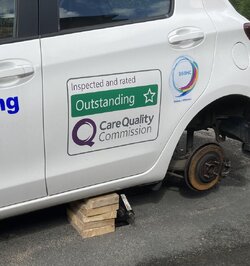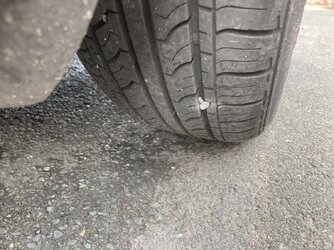I wonder if one of the reasons wheels stick is they are not removed during a routine service.
The first time a wheel is removed from a new car is likely to be when the tyre wears out, which could easily be five years for a low mileage motorist.
Some manufacturers specify a change of brake fluid every two years, but that is likely to be ignored by some owners, or not done by an independent who doesn't work to the maker's schedule.
The wheels stick due to galvanic corrosion between dissimilar metals in the presence of water and a potential difference. A lack of servicing where the wheels are not removed is an aggravating factor.
There is competition between manufacturers to specify a regime that leads to the lower servicing costs. Owners are free to 'over service' if that's their wish. Some manufacturers specify coating the surfaces with some recommended grease, others are wary that if the grease is not applied sparingly that it will come into contact with braking services - so they specify a dry fit.
One often specified grease was polybutylcuprisyl or 'copperslip, or 'copperease' to use common trade names. Some say that since one function of the copper content is to aid the dissipation of heat energy that it will also enable some conduction of electrical energy.
The truth is that garages rarely struggle to get wheels off anything like the way owners do, and given that not so many modern cars come with spare wheels these days, it is not something that manufacturers see as much of a problem.
Personally I use a light smear of copperslip between wheel and hub since it is a grease which tends to stay where you put it. When removing wheels that are copperslipped, the grease is usually there in place and the wheel comes off easily - but the warning about leaving such a light smear that it can not come into contact with brake surfaces stands.

 drive the car with nuts removed!! Surely only slacken them a bit, otherwise, you may see them taking off along the road.
drive the car with nuts removed!! Surely only slacken them a bit, otherwise, you may see them taking off along the road.
